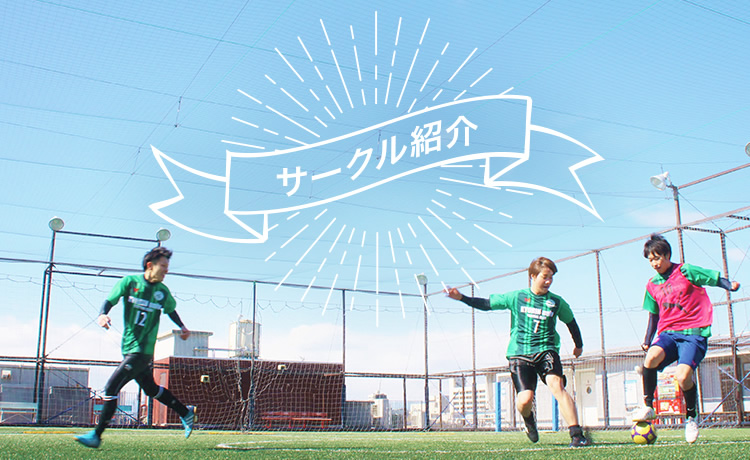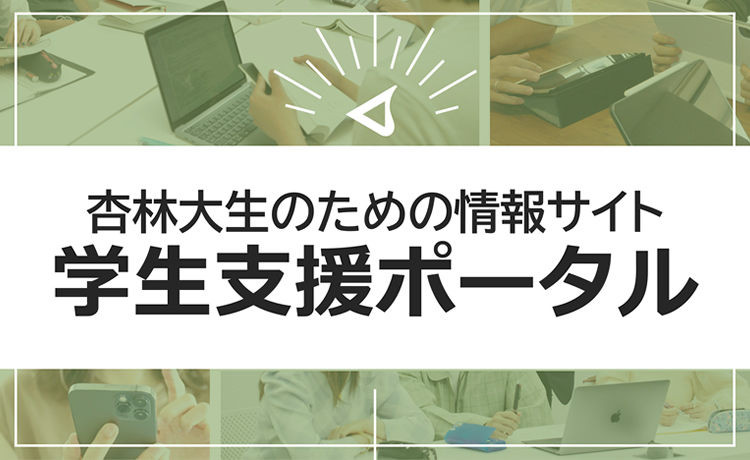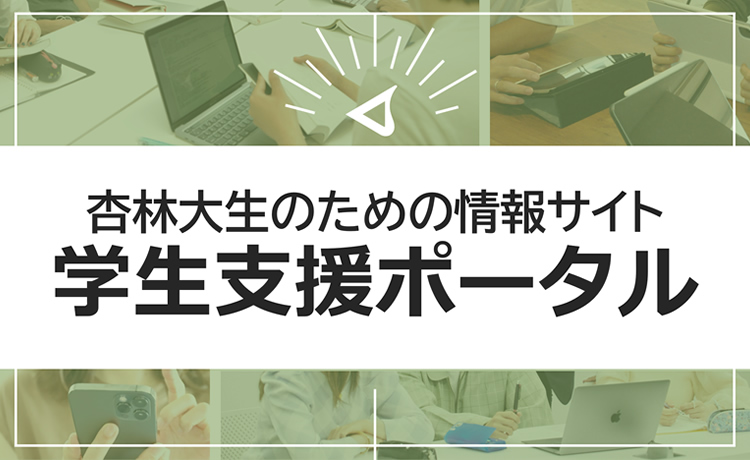School of Medicine皮膚科学教室
教室専任教員
付属病院・三鷹キャンパス
付属杉並病院
教室概要
当皮膚科学教室は教室員一同力を合わせこれまで培ってきた「杏林皮膚科学」を大切にしつつ、常に向上心をもって診療、教育、研究に取り組んでいます。
診療では皮膚科学の最新の知見、特に進歩の著しいアレルギー性疾患、脱毛症や水疱症をはじめとする自己免疫性疾患、炎症性角化症、皮膚悪性腫瘍などの難治性疾患の病態理解に基づく新しい治療法を取り入れ高次医療機関に期待される機能を保ちつつも、心の通った患者さん方のニーズに応える診療、病診連携を心掛け、地域医療への貢献に努めています。
教育では皮膚科の実践的知識の習得を目指して指導しています。皮膚科医を目指す専攻医プログラムでの入職者については指導医との密なコミュニケーション通じて日本皮膚科学会認定皮膚科専門医の取得を目指し、達成できるようサポートしていきます。
研究では独自の視点から、重症薬疹、難治性脱毛症、アトピー性皮膚炎、などの病態を明らかにしつつ、治療法の最適化、新規治療法の提案を行ってきました。これらの活動を通じて多くの学位取得者、学会賞受賞者などを輩出しています。
当教室の大きな特徴として女性医師の比率の高さがあげられます。女性医師を取りまく職場環境は未だに十分整備されているとは言いがたく、未だ結婚・出産によりやむを得ず離職する事例が依然として見られます。当教室はできる限り育児支援、復職支援体制を整え女性医師が働きやすい環境を提供できるよう努力していきます。
教育の特色
多くの医学生・研修医を受け入れ「皮膚に症状が現れる疾患はすべて診る」ポリシーのもと、皮膚科学の実践的知識の習得を目指して指導しています。特に、重症皮膚疾患の集学的治療、全身管理、皮膚悪性腫瘍の外科的治療など大学病院ならではといえる治療を体験することにより外来診療では見えにくい皮膚科学のダイナミズムを伝えることに力を入れています。
社会的活動
多摩皮膚科専門医会(年3回)
30余年の歴史をもつ多摩全域およびその近隣地区の皮膚科医の勉強会で、当科が主催しています。例会では会員から演題を募集し症例などの検討をするとともに様々な分野の専門家を講師としてお招きし最新知識の習得に努めています。
皮膚合同カンファレンス(年1回)
近在の開業医、病院勤務医と当科の医師が参加する勉強会で、病診連携の強化を目的としています。ご紹介いただいた症例の治療、経過について紹介医へフィードバックし、臨床例について考察を深めることでより円滑な病診連携をはかっています。
この他に主に各医師会、皮膚科医会などからの要望に応じて、スタッフが定期的に講演会、勉強会をおこなっています。
研究テーマ
1.皮膚疾患の病態把握・予後予測に役立つバイオマーカー・因子の同定
a)難治性脱毛症
広汎性円形脱毛症、特に急速進行型では患者のうける精神的ストレス、社会的影響が大きく治療へのニーズは極めて大きいと言えます。しかし、治療に対する反応性、効果の予測は困難なのが現状です。治療早期から予後を知ることができれば効果的な治療を行うことができます。そのためのマーカー・因子の同定は極めて重要な課題と言えます。最近では、重症円形脱毛症の予後予測因子を同定し、それを用いた治療の最適化を試みています。
b)重症薬疹
当教室は薬疹研究の長い歴史をもち、重点的に研究に取り組んできました。特に塩原哲夫名誉教授の指導のもと、薬剤性過敏症症候群について、6型ヒトヘルペスウイルスなどの潜伏ウイルスの再活性化が病態に深く関与していることを世界に先駆け示した実績があります。また、中毒性表皮壊死症、Stevens-Johnson症候群などの致死的となることも多い重症薬疹について早期診断、予後の予測に役立つマーカーの同定を症例検体の系統的解析により試みています。
c)皮膚悪性腫瘍
皮膚悪性腫瘍とくにメラノーマに対して近年、患者自体がもつ抗腫瘍免疫応答を活性化する治療法が行われるようになってきました。これまで治療が不可能と考えられていた進行期の症例に適応があり大変期待されている治療である反面、中毒疹のような腫瘍以外の臓器に対する免疫応答を生じることも知られています。この治療の効果や副作用を予測するための方法を確立することができれば医療者、患者双方にとって大きなメリットとなります。
2.皮膚疾患モデルの作成とそれを用いた新規治療法の開発
皮膚疾患モデルとしてはマウスを用いたin vivoモデルと培養細胞を用いたin vitroモデルの系があります。 動物モデルとしてC3H/HeJマウスを用いた円形脱毛症マウス、培養細胞系として上皮・間葉系のヒト毛包細胞の共培養系を用いた脱毛症治療薬のスクリーニング系の技術があり、これらを用いて発毛促進効果のある物質の同定を目指しています。またヒト細胞は採取できる細胞に限りがあるためヒトiPS 細胞から分化誘導した細胞で代用するシステムの構築を目指しています。

3.組織幹細胞、ヒトiPS細胞を用いた皮膚付属器再生技術の確立
皮膚と毛包・爪・汗腺などの付属器は再生を繰り返す組織・器官であることから再生医療の実現の可能性が高いと考えられています。本学共同研究施設フローサイトメトリー部門の協力のもと、組織幹細胞を分離培養し3次元構造を再構成することにより皮膚・付属器を再生し疾患の治療に活用する技術の開発を心掛けています。また、日本学術振興会からの研究支援(科研費)をもとにヒトiPS細胞から皮膚・付属器を再生し疾患の治療に活用する技術の開発を行っています。

4.発汗と皮膚疾患・感染症と皮膚疾患の関連性の解明
塩原哲夫名誉教授の指導のもと、アトピー性皮膚炎患者の多くで温熱負荷による発汗の増加が認められないことを見出し、これが皮膚の乾燥を助長するなどして発疹の増悪につながる可能性を見出し、むしろ発汗を促すことで症状が改善することを報告してきました。発汗傷害に関してはその他多くの皮膚疾患の発症に寄与している可能性を追求しています。また、ウイルス感染と自己免疫性皮膚疾患、マイコプラズマ感染と陰部潰瘍といったこれまで想定されていなかった感染症と皮膚疾患の関連を見いだしてきています。また蜂窩織炎の病型と起因菌の関係についても検討しています。
近年の主な業績
- Ohyama M, Kamei K, Yuasa A, Anderson P, Milligan G, Sakaki-Yumoto M.: Economic burden of alopecia areata: A study of direct and indirect cost in Japan using real-world data. J Dermatol.2023 Oct 50(10):1246-1254.
- Ohyama M, Matsudo K, Fujita T.: Management of hair loss after severe acute respiratory syndrome coronavirus 2 infection: Insight into the pathophysiology with implication for better management. J Dermatol. 2022 Oct 49(10):939-947.
- King B, Ohyama M, Kwon O, Zlotogorski A, Ko J, Mesinkovska NA, Hordinsky M, Dutronc Y, Wu WS, McCollam J, Chiasserini C, Yu G, Stanley S, Holzwarth K, DeLozier AM, Sinclair R; BRAVE-AA Investigators.: Two Phase 3 Trials of Baricitinib for Alopecia Areata. N Engl J Med. 2022 May 5;386(18):1687-1699.
- Mizukawa Y, Aoyama Y, Takahashi H, Takahashi R, Shiohara T.: Risk of Progression to Autoimmune Disease in Severe Drug Eruption: Risk Factors and the Factor-Guided Stratification. J Invest Dermatol. 2022 Mar;142(3 Pt B):960-968.e9.
- Shimoda-Komatsu Y, Mizukawa Y, Yamazaki Y, Ohyama M: Focal hypohidrosis in lesional skin in a probable case of confluent and reticulated papillomatosis: A case report with insight into the pathomechanism of recurrence. J Dermatol. 50(2). 266-270. 2023.
- Fukuyama M, Kinoshita-Ise M, Mizukawa Y, Ohyama M: Two-sided influence of dupilumab on alopecia areata co-existing with severe atopic dermatitis: A case series and literature review. J Cutan Immnol Alleg. 6(1). 13-17. 2022.
- Shimoda-Komatsu Y, Yamazaki Y, Kimishima M, Mizukawa Y, Ohayma M: Clinicopathological digital image analyses before and after thermal stimulation subdivide acquired idiopathic generalized anhidrosis into inflammatory and non-inflammatory type. J Dermatol Sci. 108(1). 12-21. 2022.
- Fukuyama M, Ito T, Ohyama M.: Alopecia areata: Current understanding of the pathophysiology and update on therapeutic approaches, featuring the Japanese Dermatological Association guidelines.J Dermatol. 2022 Jan;49(1):19-36.
- Kinoshita-Ise M, Fukuyama M, Ohyama M.: Distinctive age distribution and hair loss pattern putatively highlighting uniqueness of Japanese cases of fibrosing alopecia in a pattern distribution. J Dermatol. 2022 Jan;49(1):106-117.
- Shimoda-Komatsu Y, Ida Y, Noda A, Oda M, Shimoda M, Shimoyamada H, Narita Y, Ohyama M.: Histological assessment of granuloma formation for the management of cutaneous Mycobacterium chelonae infection. J Dermatol. 2022 Jan;49(1):e32-e33.
- Fukuyama M, Tsukashima A, Kimishima M, Yamazaki Y, Okano H, Ohyama M.: Human iPS Cell-Derived Cell Aggregates Exhibited Dermal Papilla Cell Properties in in vitro Three-Dimensional Assemblage Mimicking Hair Follicle Structures. Front Cell Dev Biol. 2021 Aug 2;9:590333. doi: 10.3389/fcell.2021.590333. eCollection 2021.
- Kinoshita-Ise M, Fukuyama M, Ohyama M.: Clinicopathological insight into self-reported hair loss with no findings: How do we manage this enigmatic condition? J Dermatol. 2021 Sep;48(9):1447-1452.
- Iwasaki T, Shimoda-Komatsu Y, Ida Y, Shimoyamada H, Fukuda T, Ohyama M.: A case of chromomycosis due to Cladosporium halotolerans: Successful identification of previously unreported pathogen with a molecular approach. J Dermatol. 2024 Jun,51(6):e220-e222.
- Kobayashi E, Ohyama M, Yamazaki Y, Mizukawa Y.: Erythema nodosum after COVID-19 vaccinr associated with varicella-zoster virus reactivation. Int J Dermatol. 2024 Feb; 63(2):e44-e46.
- Miyagawa-Kanno H, Fukuyama M, Saito M, Kurai D, Ohyama M.: Perianal amebiasis cutis masked by giant condyloma acuminatum in a HIV-seropositive patient. J Dermatol. 2021 Jul;48(7):e333-e334.
- Ito-Muramatsu A, Fukuyama M, Hayakawa J, Ohyama M.: Long-term remission of unusual plasmoacanthoma on the nasal canthus achieved by intralesional corticosteroid injection: Insights into the pathogenesis and treatment planning based on a literature review. J Dermatol. 2021 Jul;48(7):1081-1085.
- Kurata M, Ohyama M.: Long-term remission of severe nail psoriasis after discontinuation of apremilast in a colorectal cancer survivor. J Dermatol. 2021 Jun;48(6):e248-e249.
- Shimoda-Komatsu Y, Yamazaki Y, Kimishima M, Tsukashima A, Ohyama M: Digital-immunohistological dissection of immune privilege collapse in syringotropic autoimmune diseases: an implication for the pathogenesis. J Dermal Sci 101(1): 30-39, 2021.
- Sato Y, Kinoshita-Ise M, Fukuyama M, Yamazaki Y, Ohyama M: Development of a scoring system to predict outcomes of i.v. corticosteroid pulse therapy in rapidly progressive alopecia areata adopting digital image analysis of hair recovery. J Dermatol 48(3): 301-309, 2021.
- Shimoda-Komatsu, Y, Mizukawa Y, Takayama N1, Ohyama M (1The Second Department of Internal Medicine, Kyorin University): Cutaneous adverse events induced by azacitidine in myeodysplastic syndrome patients: case reports and a lesson from literature review. J Dermatol 47(4): 363-368, 2020.
- Mizukawa Y, Kimishima M, Aoyama Y, Shiohara T.: Predictive biomarkers for cytomegalovirus reactivation before and after immunosuppressive therapy: A single-institution retrospective long-term analysis of patients with drug-induced hypersensitivity syndrome (DiHS)/drug reaction with eosinophilia and systemic syndrome (DRESS). Int J Infect Dis. 2020 Nov;100:239-246.
- Fukuyama M, Kinoshita-Ise M, Sato Y, Ohayama M: Elucidation of demographic, clinical, and trichoscopic features of self-healing acute diffuse and total alopecia facilitating the early differential diagnosis. J Dermatol 47(6): 583-591, 2020.
- Mizukawa Y, Hirahara K, Kano Y, Shiohara T. Drug-induced hypersensitivity syndrome/drug reaction with eosinophilia and systemic symptoms severity score: A useful tool for assessing disease severity and predicting fatal cytomegalovirus disease.<https://www-ncbi-nlm-nih-gov.ezproxy.kyorin-u.ac.jp/pubmed/30240780> J Am Acad Dermatol. 80:670-678, 2019.
日本語の解説・書籍など
- 大山学:脱毛・多毛をきたす疾患.皮膚疾患診療実践ガイド 第3版.宮地良樹編.文光堂.2022.39-42.
- 大山学:円形脱毛症.皮膚科診療秘伝の書.神人正寿,常深祐一郎編.南江堂.2022.150-155.
- 水川良子(分担執筆):薬物アレルギー.一般社団法人日本アレルギー学会作成.足立雄一監修.協和企画.2022.324-364.
- 水川良子:小児の薬疹 大人の薬疹、子どもの薬疹(総説).日小児皮会誌.41(2).109-115.2022.




![学納金サイト [在学生・保護者専用]](/assets/images/BlkFeatured_item_tuition.jpg)
